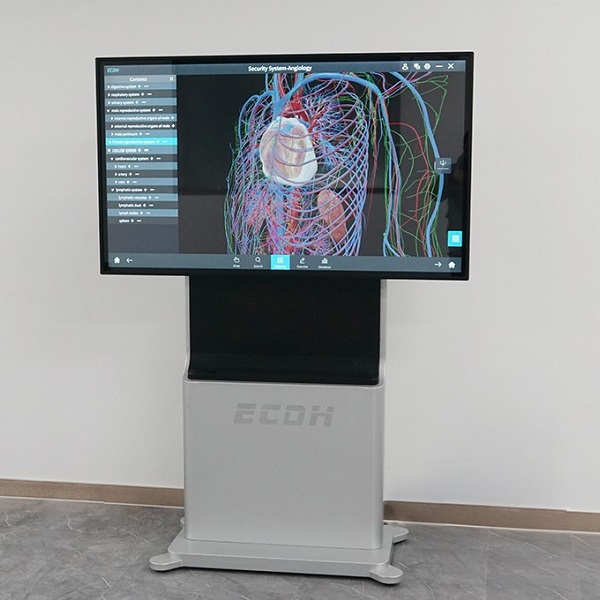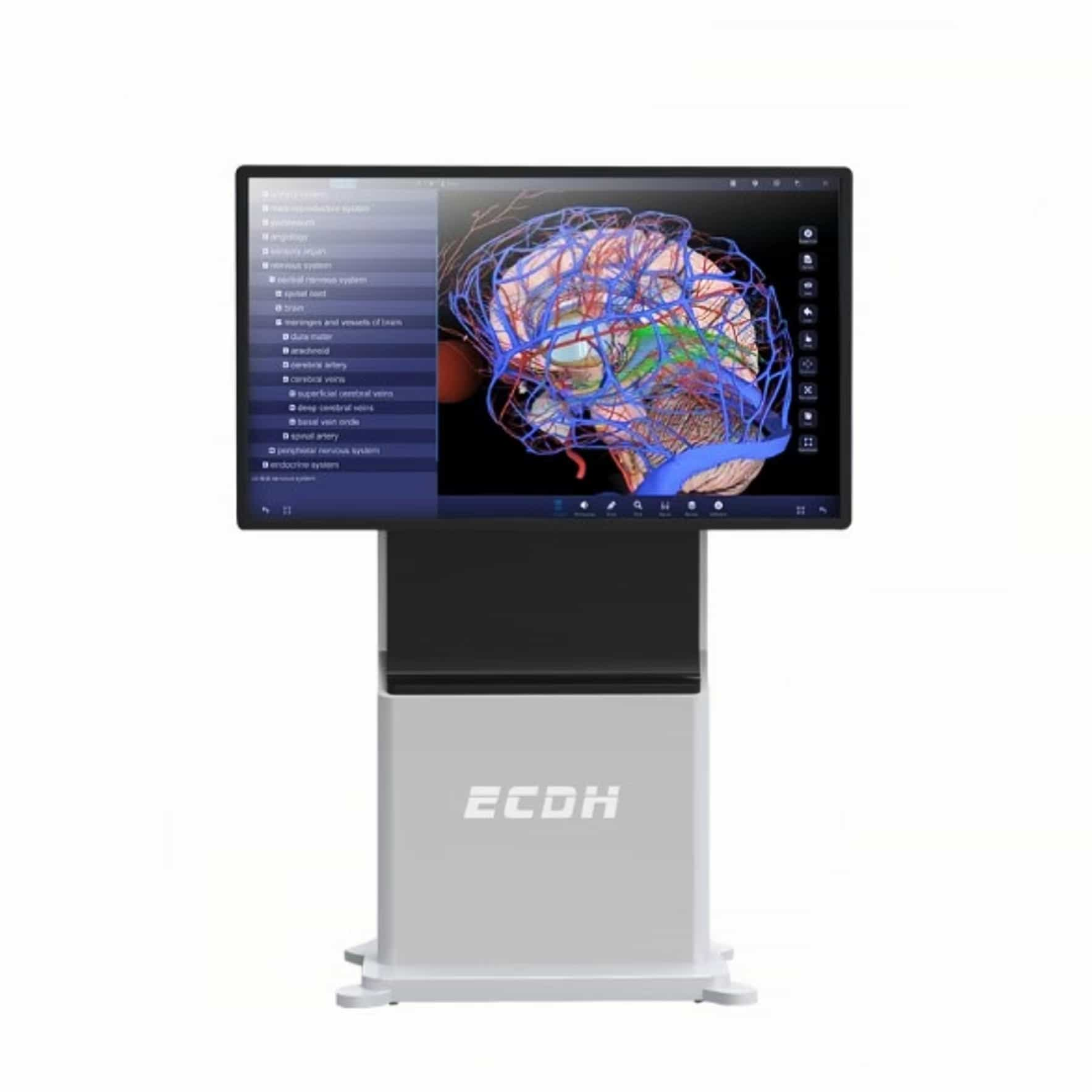
Are you ready to dive into the fascinating world of anatomy? With virtual reality anatomy education, you can now explore the human body like never before. Let’s take a closer look at how this innovative technology is revolutionizing the way we learn about our own bodies.
The Power of Virtual Reality in Anatomy Education

Virtual reality (VR) has opened up new possibilities for students and professionals alike to study and understand human anatomy. By immersing yourself in a virtual environment, you can interact with 3D models, dissect organs, and even perform surgeries – all without stepping foot inside an actual operating room.
This immersive experience allows learners to visualize complex anatomical structures from different angles and perspectives. It enhances spatial awareness and provides a hands-on approach that traditional textbooks or lectures cannot replicate.
DIGIHUMAN: A Breakthrough in VR Anatomy Education
A notable advancement in virtual reality anatomy education is DIGIHUMAN – a cutting-edge software developed specifically for medical training purposes. This program offers highly detailed 3D models of various body systems, allowing users to navigate through different layers of tissues and organs with ease.
DIGIHUMAN also features interactive quizzes, guided tours, and real-time simulations that enable learners to test their knowledge while exploring the intricacies of human anatomy. Whether you’re studying medicine or simply curious about how your body works, this tool provides an engaging learning experience like no other.
The Rise of Augmented Reality Anatomy Education
In addition to virtual reality, augmented reality (AR) is another exciting technology making its mark on anatomy education. AR overlays digital information onto the real world using devices such as smartphones or tablets. With AR apps designed for anatomy education, students can superimpose 3D models of organs onto their own bodies, creating an interactive and immersive learning experience.
By blending the virtual with the real, augmented reality anatomy education offers a unique perspective on how our bodies function. It allows learners to visualize internal structures in relation to their external appearance, making complex concepts easier to grasp.
In Conclusion
Virtual reality anatomy education is transforming the way we learn about the human body. Through immersive experiences provided by technologies like DIGIHUMAN and augmented reality apps, students can explore anatomical structures in ways that were once unimaginable. So put on your VR headset or grab your smartphone – it’s time to embark on an exciting journey through the wonders of anatomy!
